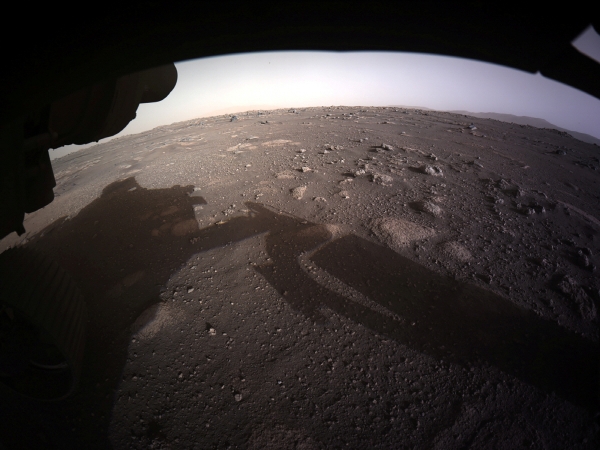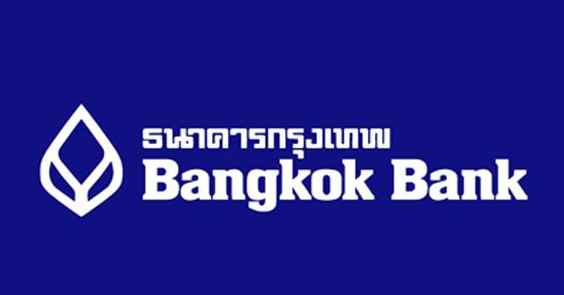Increased popularity due to the expectation of life
![[인류의 꿈 화성] Mars exploration epoch opened… The reason why mankind is fascinated [인류의 꿈 화성] Mars exploration epoch opened… The reason why mankind is fascinated](https://img.etoday.co.kr/pto_db/2021/02/600/20210221181301_1584522_917_453.jpg) –
–
▲ The picture shows the US Mars exploration rover Perservation just before landing on Mars on the 18th (local time). Source UPI Yonhap News
-NASA’s Mars exploration rover (mobile exploration robot) has successfully landed on Mars, opening a new era for Mars exploration. Mars is unprecedentedly crowded this month alone, with the United Arab Emirates (UAE) and China placing probes on Mars orbit one after another. The US CNN broadcast introduced that the eyes of humans around the world were focused on the possibility of life on Mars and the expectation of manned exploration.
Perseverance landed on Mars at 5:55 am KST on the 19th. Mars has a sparse atmosphere and has little air resistance when landing. Therefore, there is a high risk of falling if the probe does not properly control its speed. Due to the distance of about 200 million kilometers between Mars and Earth, there is a 22-minute parallax in two-way communication, and all landing processes are designed to be resolved by the probe itself. For this reason, the time between the probe entering Mars’ atmosphere and landing is called ‘7 minutes of horror’.
Perseverance is tasked with finding traces of life on Mars for at least the next two years. The’Crater as an example’ where Perservance landed is estimated to be the delta where the river flowed 3 billion to 4 billion years ago, and it is expected that traces of organic molecules and microorganisms can be found. The rocks and soil collected by Perservance will be collected by a rover, which will be launched later, and returned to Earth in 2031.
The small helicopter Ingenuity onboard the Perseverance will make its first powered flight on Mars. If Ingenuity succeeds in flying, it becomes the first aircraft to fly off Earth. “It’s working as expected,” NASA said. “If you endure the brutally cold Martian night, you’ll try to fly.”
Currently, there are eight probes orbiting Mars: the United States (3), Europe (2), India (1), China (1), and the UAE (1). Among them, the UAE and China settled Amal and Tianyuan 1 on the 9th and 10th of this month, respectively, on Mars orbit. This month alone, two probes and one lander arrived on Mars.
The reason Mars suddenly became crowded is because last year, as the distance between Mars and Earth was getting closer, countries launched probes at once. Because of the difference in the orbital period between Earth and Mars, the’Golden Time’ comes when the distance is closest every 26 months. If you miss this time, you will have to travel a longer distance or wait for the next golden time. Amal, Tianyuan 1, and Perseverance were all launched last July.
The reason why space probes from different countries are rushing is because Mars is the only planet humans can explore. Venus, the closest planet to Earth, has so much surface temperature that the lander cannot last long. Russia has so far landed a probe on Venus, but the lander lasted 127 minutes and the signal was cut off. Mars, on the other hand, is so far that the probe, which landed in 2001, is still on duty.
 –
–
▲ The first high-resolution image sent by Mars Exploration Rover Perservance after landing on Mars on the 18th (local time). Reuters Yonhap News
-The United States will send humans to Mars in the 2030s to begin exploration. Perservance’s upcoming mission includes converting carbon dioxide from Mars’ atmosphere into oxygen to see if it can be used for rocket-propelled fuel and oxygen respirators. With oxygen available, humans can sustain life on Mars and return to Earth.
Mars is also considered as the planet most likely to find traces of life, which also stimulates space competition. There are many topography on Mars that are believed to have flowed in the past. The presence of water raises expectations for the existence of life. “In addition to liquid water, living things need energy,” NASA explained. “The mission to find energy sources other than solar power will also be carried out in the future.”
Mars exploration is also attracting attention as it is a good way to show off its national power. In line with the 50th anniversary of the founding of the UAE, Amal entered the orbit of Mars, demonstrating its increased national power both at home and abroad. Amal’s design and payload development were all performed by scientists and engineers from the UAE.
Since the 2010s, China has been striving to develop technology by promoting space excavation. In January 2019, China landed the world’s first unmanned probe, Changeo 4, on the back of the moon, and last year opened the Beidou system, the counter-mine for the US satellite positioning system (GPS), solidifying the position of the two major countries (G2). did. Chinese President Xi Jinping is focusing on space excavation as he emphasized in this year’s New Year’s address, “We have achieved unprecedented achievements in the field of space science and technology.” The Tianyuan 1, which is currently orbiting Mars, is scheduled to attempt a landing as early as late April.
The United States has been at the forefront of space exploration technology since rivalry with the former Soviet Union. When former US President Donald Trump announced that the administration of Joe Biden would continue the space force that was created to cope with China’s space breakthrough, he expressed his determination not to give up the position of a leader in space exploration. In addition to Mars, the United States is solidifying its position as the leader in the space development competition by expanding the scope of exploration, such as the Artemis project, a lunar manned exploration operation, and the solar probe Parker Solar Probe.
– .

